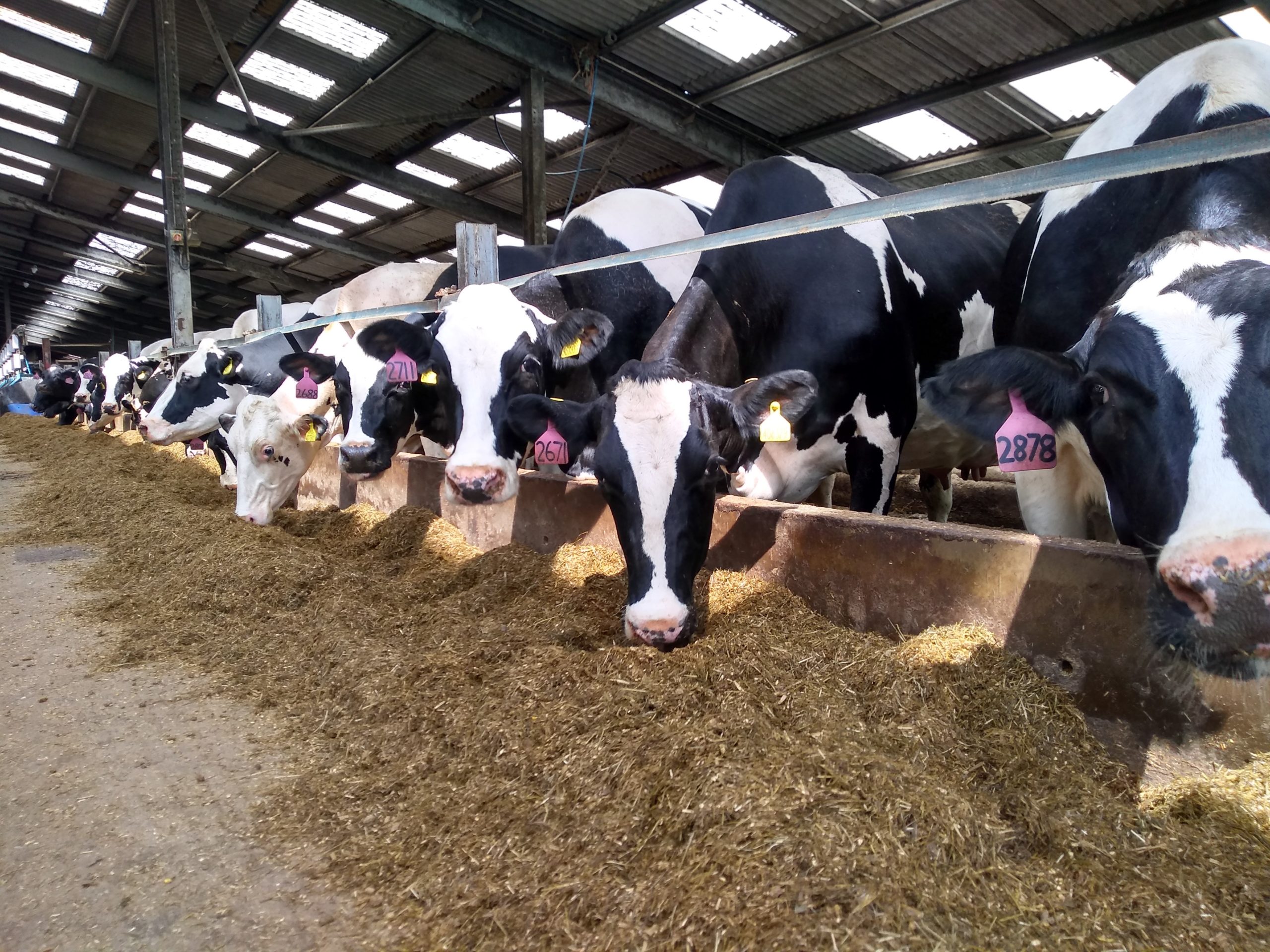With soaring input costs threatening the bottom line of many businesses, farmers are reminded that every cow in the milking herd must be able to justify her position.
SAC Consulting is encouraging farmers to take a targeted approach to rising fertiliser and feed costs and is offering practical advice on important steps that can be taken to improve margins in the dairy herd.
With the cost of fertiliser at an all-time high and ammonium nitrate at £1000/T, Senior Dairy Consultant Lorna MacPherson, reflected that many farmers may be saying they can’t afford to use it, but stressed that they should ask themselves, ‘can they afford not to’?
“As tempting as it will be to cut back on fertiliser use, make sure you closely evaluate what the impact down the line might be if you have less silage next winter. Forward planning on silage carryover stocks and winter demand based on livestock numbers can help plan how much silage you need to make.
“Applying less nitrogen and no sulphur could also affect the protein content of silage, increasing requirements for bought-in protein concentrates during the winter-feeding period. Sulphur addition could raise the silage protein content by as much as 2% points.”
Turning to managing feed costs, she suggested that rather than cutting back on expensive concentrates, farmers should look at where improvements in efficiency can be made.
“Every cow in the milking herd must be able to justify her position. Are there cows over 300 days in milk, that are not in calf? Or are they not producing enough milk to justify their feed and management cost in relation to their milk income? These are the areas that must be looked at to ensure purchased feed is justified and being used efficiently to maximise milk output, as well as ensure that cow condition and hence fertility, does not suffer.”
She warned of some of the problems which could result from cutting concentrates.
“For high yielding Holsteins, the risk is that energy in milk output will still greatly exceed energy consumed, leading to an increase in body condition loss, risk of metabolic diseases and fertility issues, with veterinary intervention required. The effect on fertility will also be felt in the long-term through lower milk output in 12 months’ time.
Lorna suggested that farmers should split the herd and feed less concentrates to lower yielders and rely more on forage, noting that this would be an ideal year to implement a rotational grazing strategy, which is proven to improve grass quality, quantity and thus milk yields compared to a set-stocking system.
Farmers are urged to consider whether they have surplus heifers they could sell or beef cattle that could be sold earlier, to save on feed costs and free up space.
“It is possible, that if stocking density is currently high, early drying off or early culling of cows will increase feeding space and lying space for the remaining milking herd, and total milk output may not suffer.”
On a final point, she urged farmers to prioritise soil health and analysis, adding that there is still time to correct lime status to increase grass yields.

